I have a two table:table_car and table_order:


table_order has composite key (id_type,date)
SELECT "September" AS `Range`,
SUM(IF(id_type IN(1,2), items,0)) AS 'RedandBlue_items',
SUM(IF(id_type IN(3,4), items,0)) AS 'YellowandGreen_items',
SUM(IF(id_type IN(1,2), items,0)) AS 'RedandBlue_amount',
SUM(IF(id_type IN(3,4), items,0)) AS 'YellowandGreen_amount'
FROM table_order
WHERE id_type IN(1,2,3,4) AND `date` >= "2015-09-01" AND `date` <= "2015-09-30"
UNION
SELECT
"August" AS `Range`,
SUM(IF(id_type IN(1,2), items,0)) AS 'RedandBlue_items',
SUM(IF(id_type IN(3,4), items,0)) AS 'YellowandGreen_items',
SUM(IF(id_type IN(1,2), items,0)) AS 'RedandBlue_amount',
SUM(IF(id_type IN(3,4), items,0)) AS 'YellowandGreen_amount'
FROM table_order
WHERE id_type IN(1,2,3,4) AND `date` >= "2015-08-01" AND `date` <= "2015-08-31"
Are there any others way to query faster? Let say I have a table with billion records and can execute long date range query in the condition, like date >= "2015-01-01" and date <= "2016-01-01" for example.
You can find sample here: http://sqlfiddle.com/#!9/1787e/1
